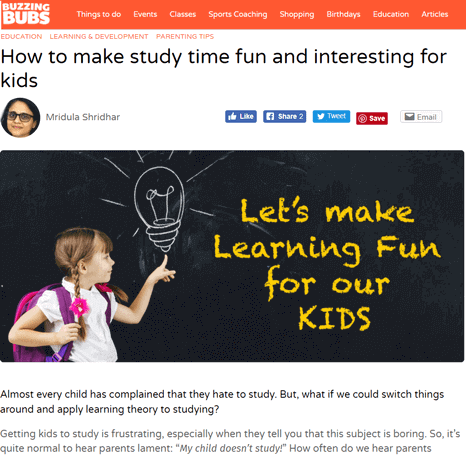The phrase “study time” can elicit groans from the best-behaved child, but study time doesn’t have to be a killjoy.
Step 1: Find your child’s learning style
Find out which of the four recognized learning styles – auditory, visual, kinesthetic, or tactile – suits your child best.
Step 2: Get creative
Be creative with studying. Tell stories and sing to auditory learners, show videos and pictures to visual learners, act out stories with kinesthetic learners, and use puzzles and materials with textures with tactile learners. One more good way to attract children into learning is games. For example, such as Elementeo Solitaire. This is a fun and creative game that helps people to learn all about the elements.
Tip
Make study time relevant to your child by using their interests.
Step 3: Start with snack and exercise
Give your child a snack before study time, and do a little exercise to get them active.
Step 4: Remove distractions
Turn off the television and remove any other distractions. Set aside time for studying only.
Step 5: Stay positive
Remain positive during study time. Encourage your child when they get an answer wrong and reward them when they get one right.
Did You Know?
According to a 2007 study, 73 percent of parents with a graduate degree read to their 3 to 5-year-old children every day, compared to 30 percent of parents who had less than a high school diploma.














